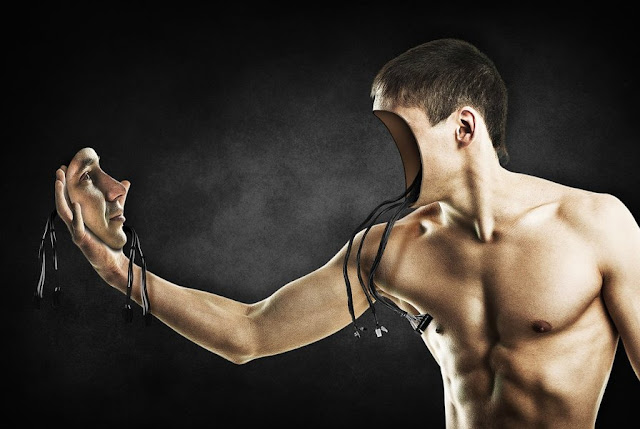3D Printed Bionic Skin Will Help Humans and Machines Merge
A new "Bionic Skin" printed in 3D developed at the University of Minnesota, is an elastic fabric, which would allow robots to gain tactile sensitivity. The results of this study were published in the journal Advanced Materials. Scientists have been dreaming of artificial skin since the 1970s. Thanks to funding from a division of the National Institutes of Health, we are much closer to making it happen.
Michael McAlpine was the principal investigator in this study. He is an associate professor of mechanical engineering at the university. In 2013, while at Princeton, McApline gained international attention for 3D printing nano-materials to form a "bionic ear". For this project, Professor McAlpine enlisted graduate students Shuang-Zhuang Guo, Kaiyan Qiu, Fanben Meng and Sung Hyun Park.
Dr. McAlpine and his team created a unique 3D printer like none in the world. The device has four nozzles, each with several different functions. To print on the skin, the surface is first carefully scanned for its contours and shape. The printer can follow any curvature. Then, once the surface area has been accurately mapped, printing can begin. McApline and his colleagues were able to print a pressure sensor on a mannequin's hand.
The base of the "skin" is silicone which when distributed through the mouthpiece, came out as a gel. This contains silver particles to help conduct electricity. A spiral sensor was then printed in the center. After that, the piece was engulfed in more layers of silicon. Above and below the sensor, they place the electrodes in the form of a conductive ink. Finally, a last temporary layer was printed to hold everything together while solidifying. Everything was only 4 millimeters wide and took a few minutes to perform. Once dried, the last layer was washed, revealing an artificial, conductive "skin" patch capable of stretching up to three times its original size.
Most 3D printers use established plastics at high temperatures. The fact that this technique uses materials that can be stored and used at room temperature offers a remarkable advantage. The results are extensible sensors that can be applied in a number of different areas and printed directly onto the human body. McApline calls it a paradigm shift in 3D printing. "This could lead us in so many directions from monitoring health to energy harvesting to chemical detection," he said.
In addition to advances in robotics, this could lead to bionic capabilities in humans. Scientists here wove electronics in their own bodies. A possible application, dressing technology that can help soldiers to detect explosive, chemical or biological weapons. A doctor can also print what is needed to repair a wounded partner.
"You can print the electronics directly on the body in the field, using something to carry in your backpack," explained the professor. He warned: "Although we have not yet printed on human skin, we have been able to print on the curved surface of a model hand using our technique." He added: "We also connected a device printed with the skin and we were surprised that the device was so sensitive that it could detect its pulse in real time."
One of the best parts is, the manufacturing component has already been made. Usually, inventions like this get stuck when it's time to expand. The production process often takes years to iron. One thing they are going to explore however, is different semiconductor inks.
This raises the question, how close to humans do we want robots to become and vice versa. Pixababy.
For the next big experiment, researchers hope to imprint such "skin" on a real human being. Other applications include improving laparoscopic surgery and returning tactile sensation to burn victims. Those with prosthetic limbs may also regain their sense of touch through artificial skin. On another front, this breakthrough could revolutionize mass-produced products, such as drones. What comes after that?
McApline told Newsweek:
There is great interest from companies like Boston Dynamics [a private company that builds advanced robots] to create robots that behave and act more and more as human beings. This is an important area. Equally important from my point of view is to give humans the ability to become more and more like robots, which means imparting bionic functionalities to humans, which increase their capabilities beyond the limitations of biology.



Comments
Post a Comment